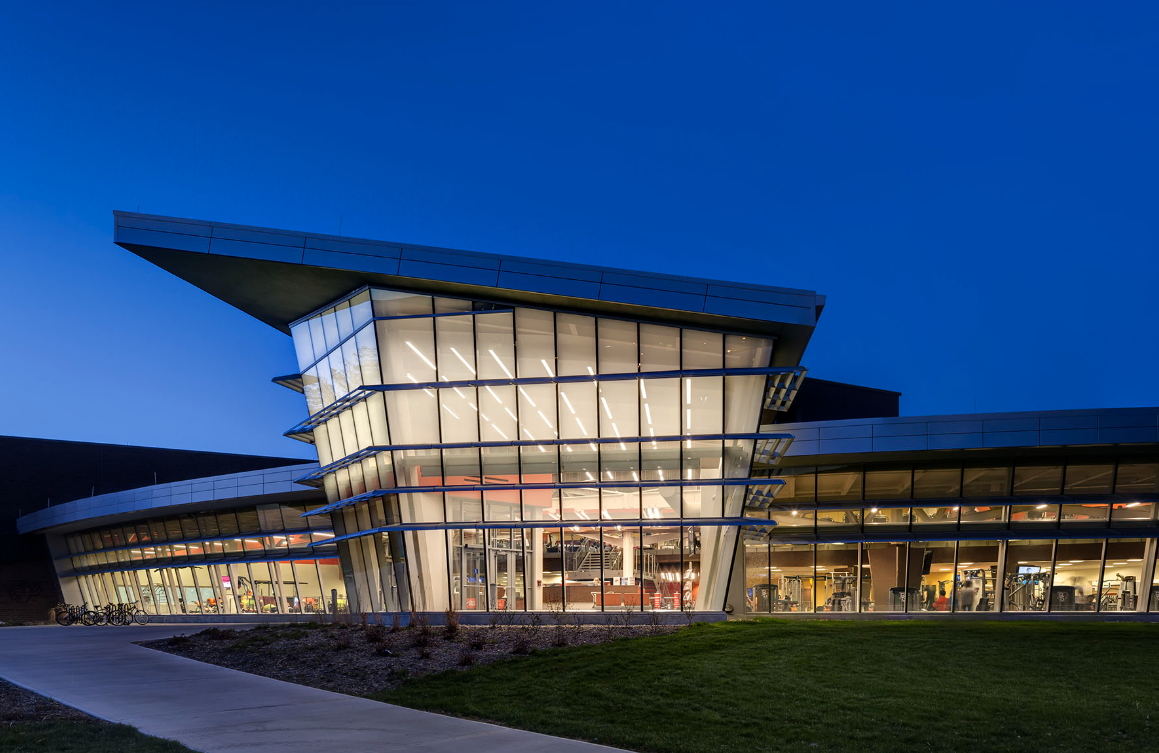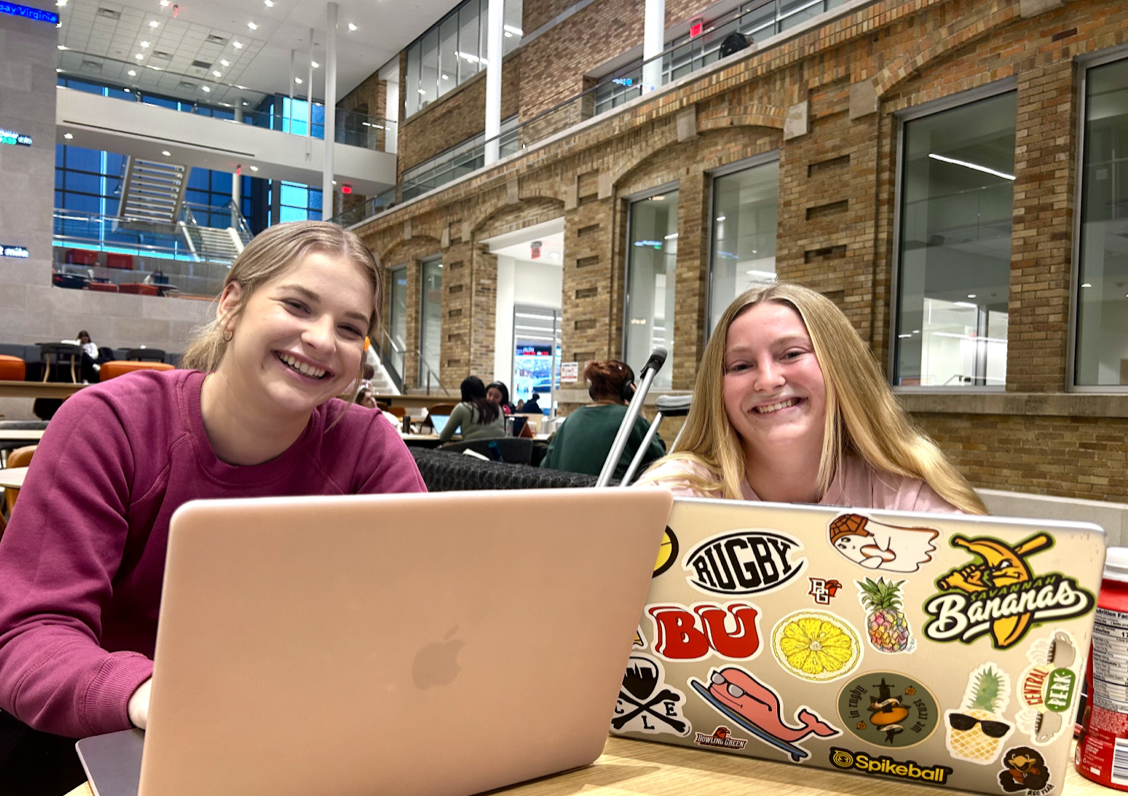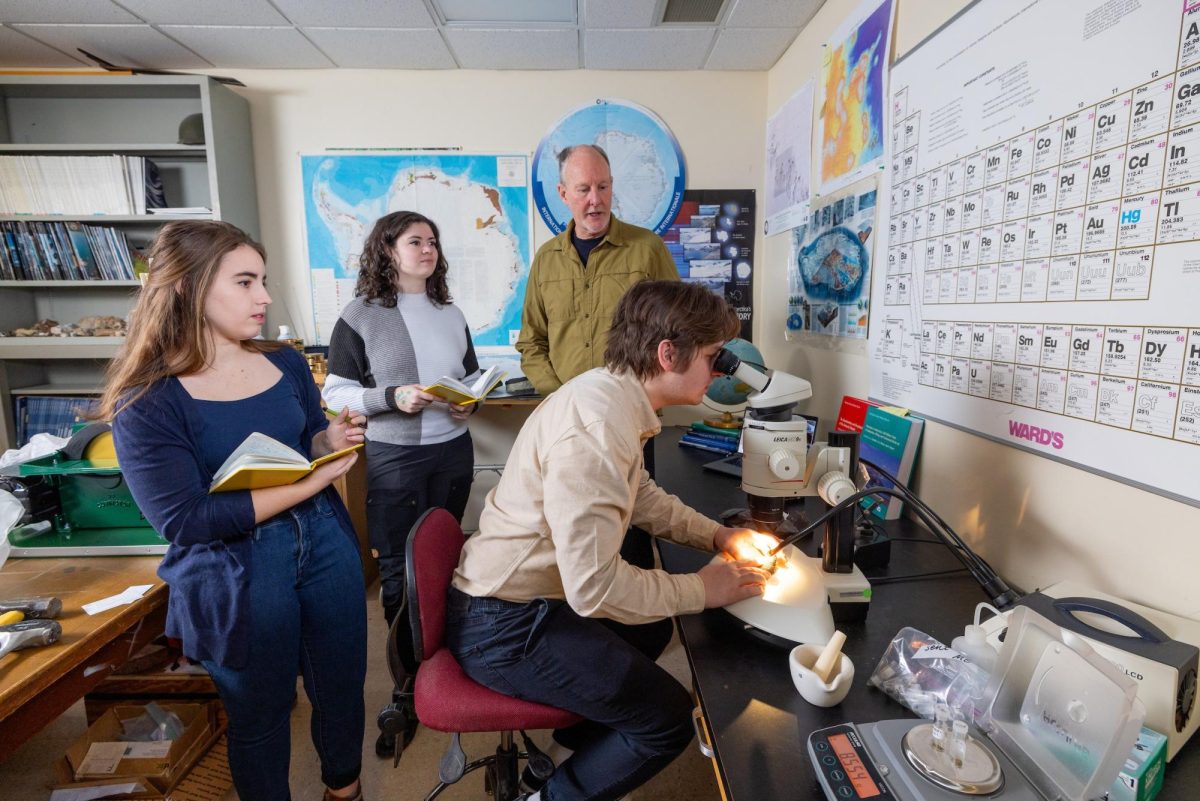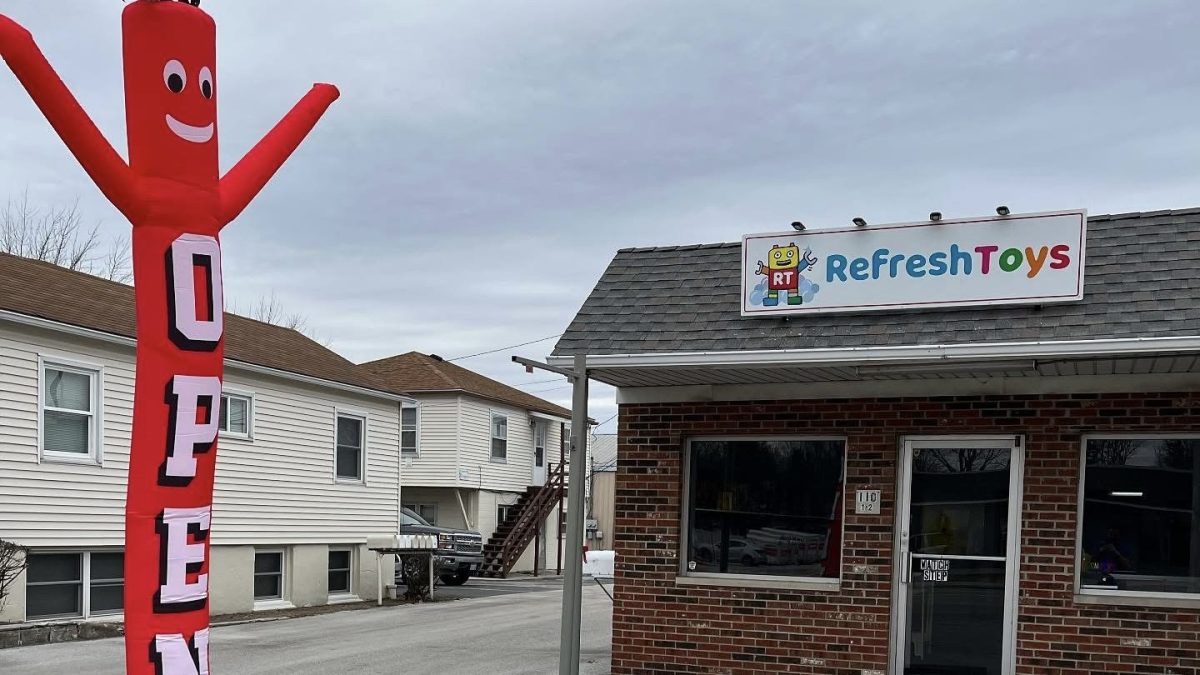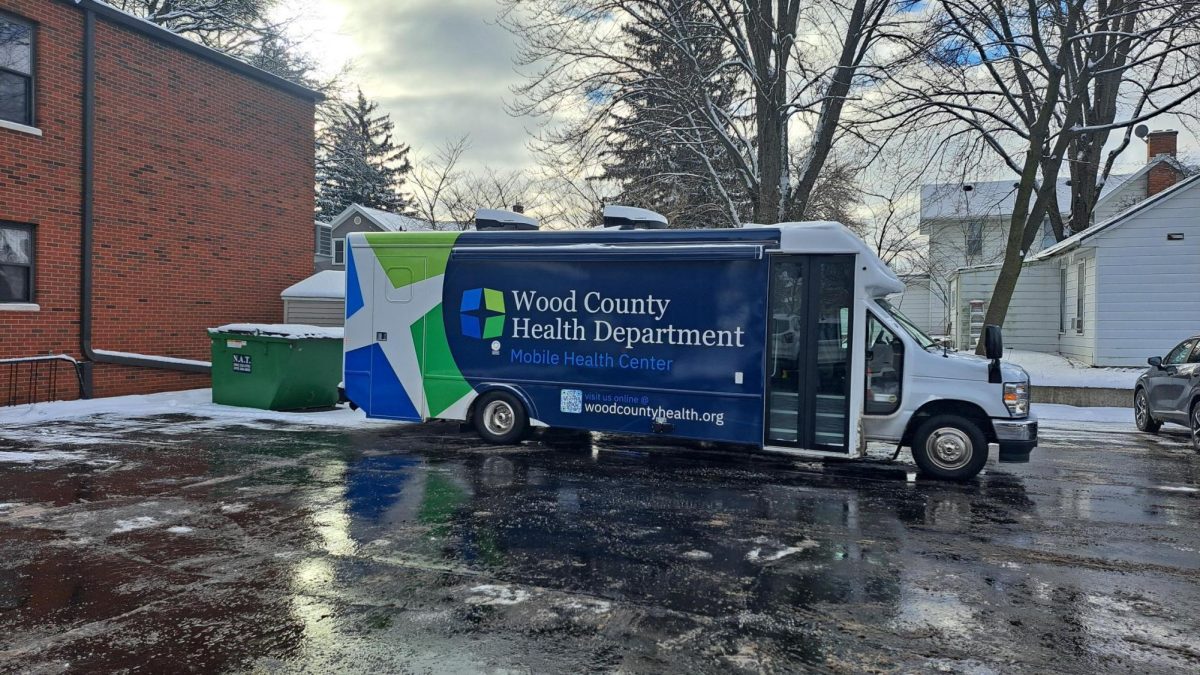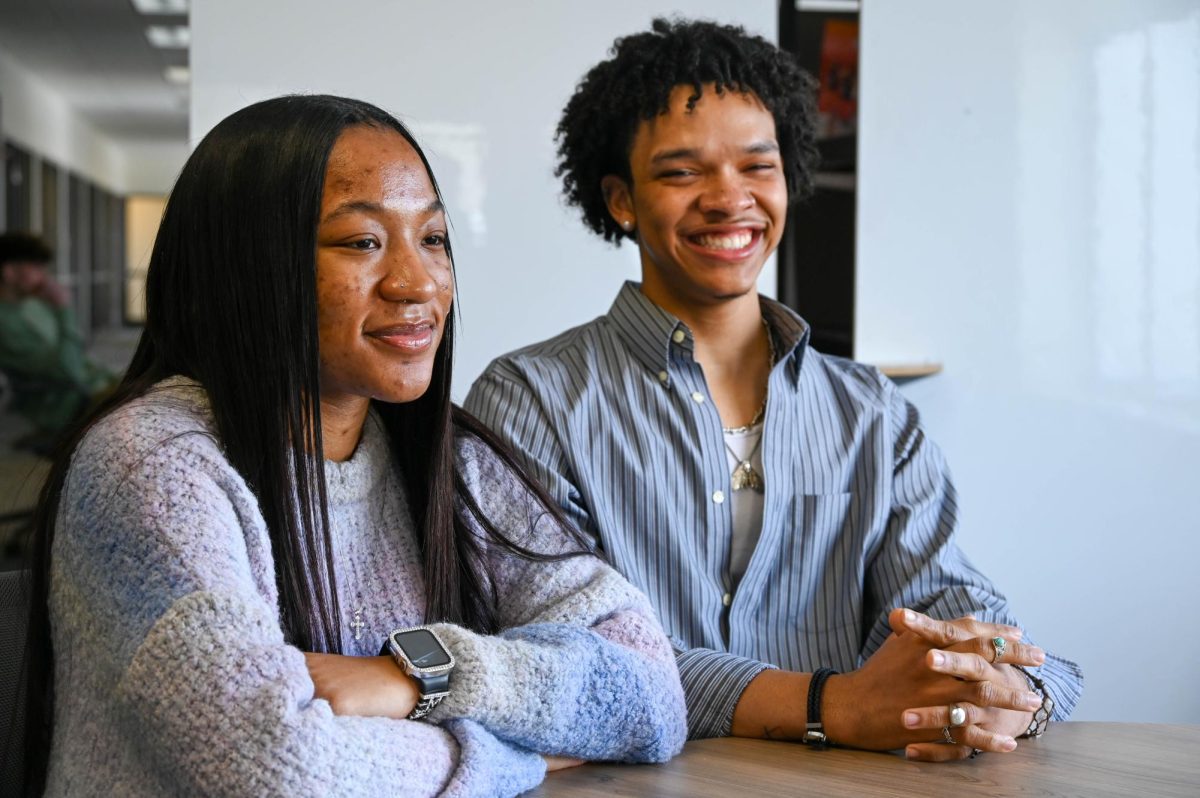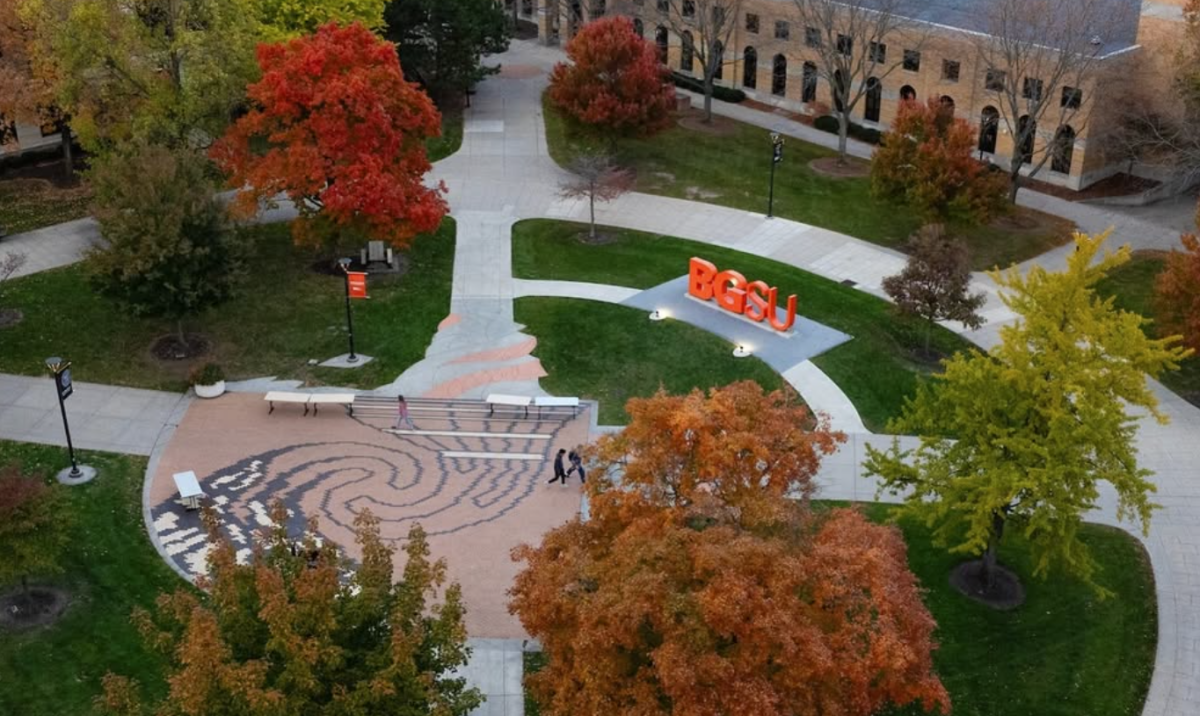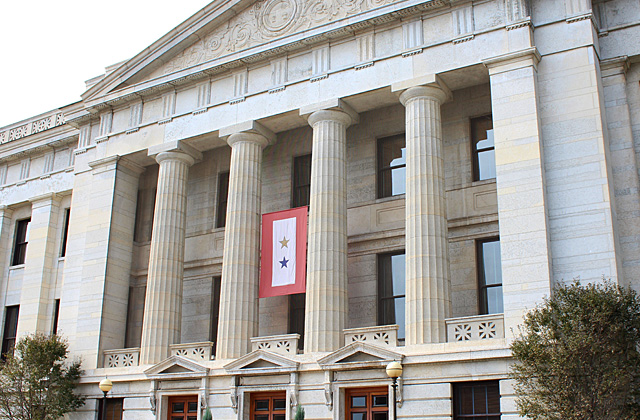As an environmental science major and student leader at the University, Madison Thomas was disappointed when she first found out that the Falcon Health Center was not LEED certified.
To receive LEED, or Leadership in Energy and Environmental Design, certification from the U.S. Green Building Council, a building must meet certain environmentally friendly requirements, such as using recycled construction materials.
“Our university signed the [American University and College President Climate Commitment] saying that new buildings would be LEED certified, so when I found out it wasn’t certified, I just didn’t understand why,” said Thomas, BGSU Environmental Action Group president.
Wood County Hospital owns and operates the Falcon Health Center and paid for it to be constructed, said Deb Busdeker, director of the Falcon Health Center, which was built in the fall of 2013.
“The Health Center is technically not the University’s, so we don’t have to follow with any guidelines they have,” Busdeker said.
University President Mary Ellen Mazey signed the climate commitment in 2012. The agreement commits the University to take actions in order to achieve climate neutrality in a timely manner.
The climate commitment is voluntary and the universities are not obligated to follow through with everything in the agreement, said Van Du, program manager at Second Nature: American College and University Presidents’ Climate Commitment.
“On a federal level, we can’t force people to always follow through with their actions on the commitment because of financial reasons,” Du said. “But what we are here to do is encourage universities to do their best and stay committed to their agreement.”
The University is in good standing with the commitment based on its yearly updates sent into Second Nature, Du said.
Despite its good standing, Thomas said the University should do a better job following through.
“Like I said, if the president is going to sign this commitment, we should have to make sure it is happening,” Thomas said. “But I am happy with the amount of sustainable actions the university has taken thus far. It’s a good start.”
While the Falcon Health Center isn’t LEED certified, that doesn’t mean sustainable actions weren’t used when it was being built.
The construction team met with student leaders from Undergraduate Student Government, Graduate Student Senate and Ex-officio to discuss whether the time frame would allow for certification.
“We had to get the [Falcon Health Center] up fairly fast, within ten months,” said William Kidd, vice president of support services at the Wood County Hospital. “Two months of it was dedicated to designing within our time frame, and if we had planned to LEED certify the building we had to take into consideration the paperwork and design, which would have been six months.”
Because of the time conflict, the construction team decided to incorporate sustainable materials “to make everyone happy,” Kidd said.
The Falcon Health Center has recycled floor materials; deep grass, which uses less water and doesn’t grow as fast; exterior lights; a water run-off system and shade trees were planted around the building to reduce heat and light sensors. These are just a few examples of the many sustainable materials used when building the [Falcon Health Center], Kidd said.
“We felt this would be a better option and [incorporating] LEED would be a challenge,” Kidd said.
In Ohio, if a building was built using state funding, the building would have to become LEED certified at the silver status, said Barbara Shergalis, a University architect.
But because the health center was completely paid for by the Wood County Hospital, this option was unnecessary.
“I think what we included was very close, and we kept green efforts in mind when constructing regardless of an [official] LEED status,” Kidd said.
Mazey said in an article by Marketing and Communications she is happy about the sustainable actions put into buildings.
“I’m proud of the work that’s been done by our BGSU community toward making the university a good steward of the earth and of our resources,” Mazey said in this article.




